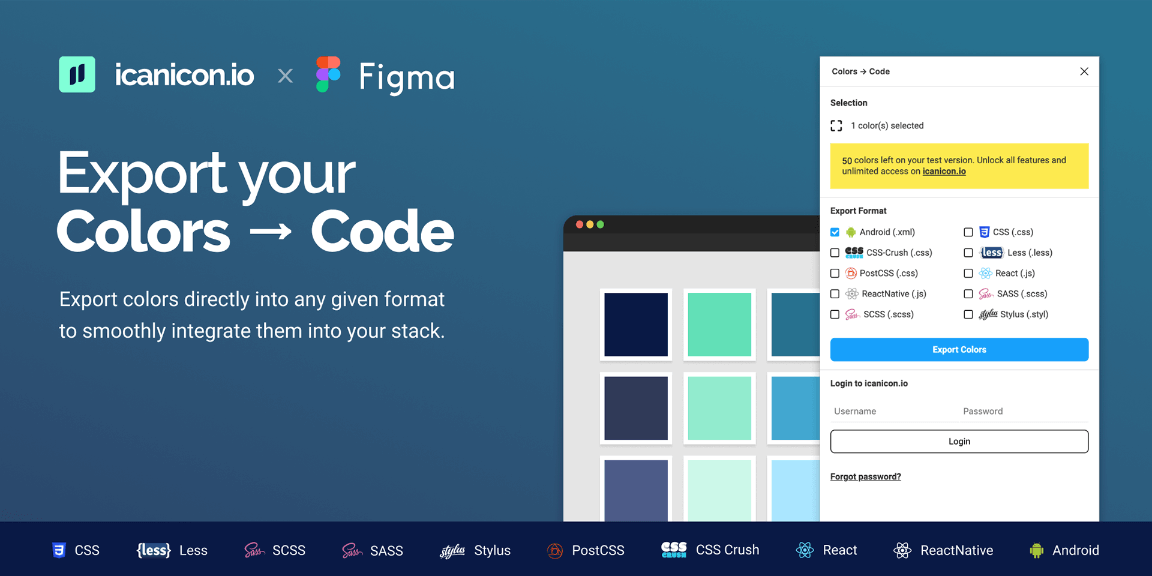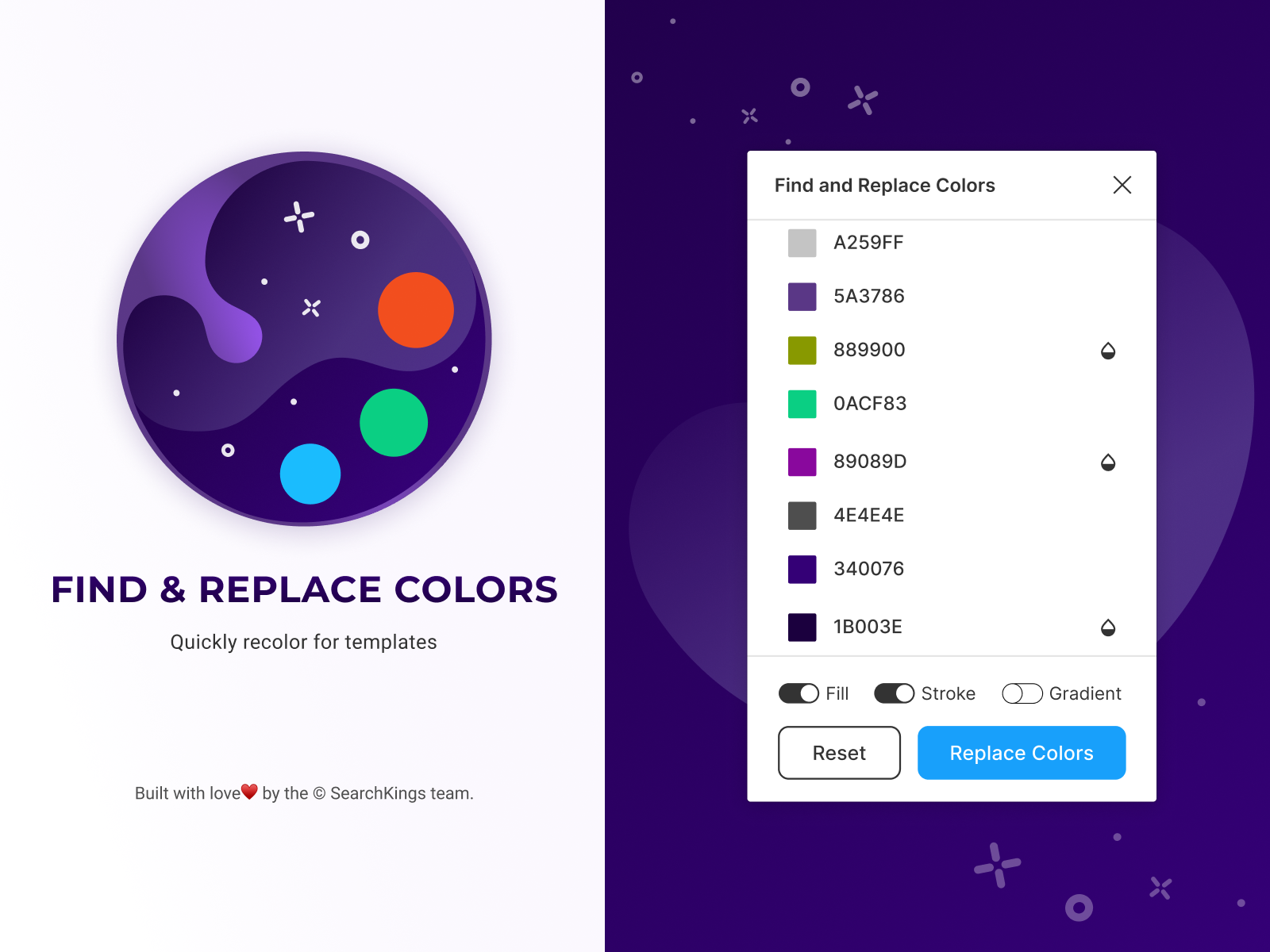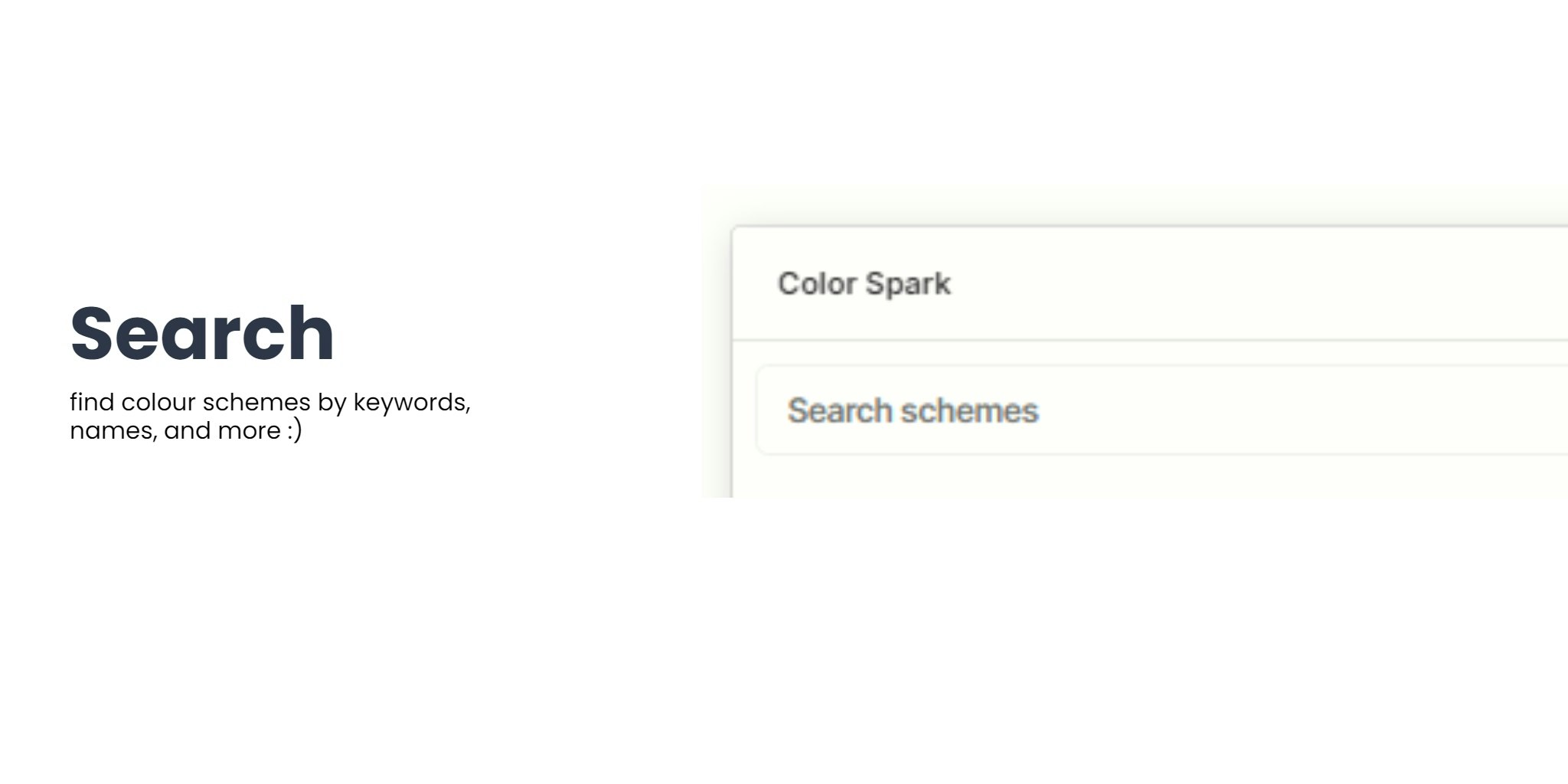


Triggers the action when you click and hold the mouse or trackpad on a desktop. This makes it a great interaction when you don't want to take users away from the current screen. We will return the user to the original frame when they move the cursor off the hotspot. You can use this to replicate tooltips, on-screen prompts, or changes in state. Triggers the action when you hover over the hotspot. This creates a continuum, instead of performing the action after a swipe gesture. This is great for simple swipe gestures, or for more complex animations like a drag to refresh.ĭrag allows you to move back and forward through the transition. You can use the On Drag in any direction: Left, Right, Up or Down. This can be the entire frame or a single element like a slider. On dragĪllows you to perform an action when you drag an element on the screen. They can also be used when you need a user to click on buttons, fill in forms, or confirm and dismiss alerts. You can use them for navigation like opening links, using menus, or exploring websites. You can add click or tap triggers to lots of different elements in a screen. Triggers the action when the user Clicks (desktop) or Taps (mobile) on a hotspot in your prototype. This article covers our prototyping triggers in more detail. While most of these transitions are self-explanatory, we have a few tips for how you can use them. This could be a mouse or touch interaction like tap, drag, click, and more. The Trigger determines what type of interaction with the hotspot will cause the Prototype to advance. For Next.js #įor Next.js, you need to add the ColorModeScript to the _document.js file.New to Prototyping? Check out our Getting Started with Prototyping guide. To use ColorModeScript on a site with strict Content-Security-Policy, youĬan use the nonce prop that will be passed to the tag. Your theme and reference that in the ColorModeScript. When setting the initial color mode, we recommend adding it as a config to The color mode script needs to be added before the content inside the body tagįor local storage syncing to work correctly.

If useSystemColorMode=false color mode can only be changed via the useColorMode hook.
FIGMA COLOR OVERLAY PLUGIN MANUAL
If useSystemColorMode=true and operating system changes from light to dark, due to a manual or automatic switch, the page automatically changes color mode, without user interaction. UseSystemColorMode is a boolean that indicates if Chakra UI must subscribes (and updates) based on the operating system's color mode changes. InitialColorMode value is used to determine the value on first visit, or after a storage reset. Difference between initialColorMode='system' and useSystemColorMode # In case you need to reset the color mode, you must delete the item in the specified storage (localStorage, cookie manager or custom), so on next page load the value is initialized like the first time user visited the page. To achieve that, please use initialColorMode: "system" If user specifies useSystemColorMode: true, then we'll subscribe to color If the initial value is system, then we'll compute the color mode using.If value doesn't exist, use the initialColorMode value specified. Get the color mode value in the specified storage (localStorage, cookie manager or custom) The current hierarchy of how Chakra UI resolves the color mode: If set to false, the app's color mode is detached from the system color mode. UseSystemColorMode: If true, Chakra UI subscribes to changes in system color mode. InitialColorMode: The initial mode you'd like your app to start with when user visit the page for first time (or after storage reset). The theme config for color mode has 2 options: Your application should start with to either light, dark or system.
FIGMA COLOR OVERLAY PLUGIN UPDATE
Update your theme config to determine how Chakra UI should manage color modeĪdd the ColorModeScript to your application, and set the initial color mode To get dark mode working correctly, you need to do two things: Whether the initial value (used on the first visit or after storage reset) is decided by the system or the developer.If the application color mode changes based on the system's color mode.Where to store the current value, choosing from localStorage, cookies, or custom.With Chakra UI, you can customize the behavior of color mode. Some operating systems include also an automatic option that toggle color mode based on daylight, (day = light, night = dark).īrowsers can access this value provided by the operating system, and subscribe to the changes. In the recent years, operating systems ( system for this guide) give user the option to choose from Light or Dark color mode. In case you need to reset the color mode, you must delete the item from localStorage or cookies, so on next page load the value is initialized like the first time user visited the page.


 0 kommentar(er)
0 kommentar(er)
